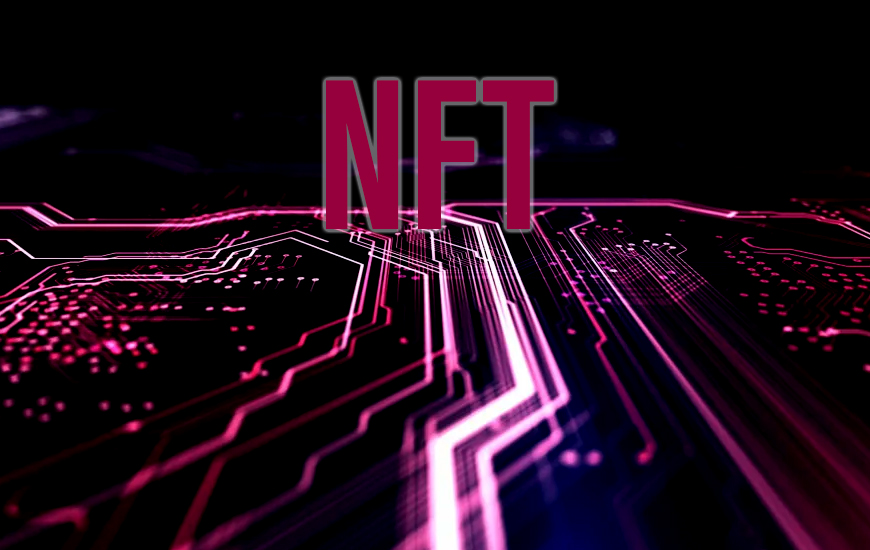Since its inception, the gaming industry has evolved considerably. The broad use of the internet has created a significant shift in the gaming environment, from basic commercialization through the selling of physical and digital copies of games to in-game monetization through microtransactions.
When the Nintendo 64 was originally released in the United States in 1996, it sold 1.6 million units (each worth $200) in its first quarter. Its closest rival for the Christmas season was a $30 Tickle Me Elmo doll, which sold around a million units during the same time period. When Nintendo’s $300 Switch sold 1.5 million units in its debut week more than 20 years later, there was a lot more competition, and not only for the holiday season.
The blend of gaming and NFTs
Although Fortnite was not the first game to use microtransactions, it was one of the first major examples of a live-service game that depended only on in-game sales. This occurred at a time when the term “microtransactions” conjured up visions of toxic loot-box economies and luck-based purchases that saw games evolving into “pay-to-win” ecosystems, and when customers were growing more unhappy with game publishers.
Nintendo is a very unusual example of a huge gaming company that hasn’t gone overboard with microtransactions. Fortnite earns Epic Games roughly $5 billion every year, and with figures like that, you can expect that most gaming firms are at least looking into the free-to-play model.
However, the transformation of consumer attitudes about microtransactions from distaste to acceptance has been a lengthy and laborious process.
Fortnite flipped the script, promoting microtransactions as a chance to differentiate oneself in-game while also supporting the producers. They had no effect on gameplay, preventing those with larger pockets from dominating the games, and they were an ideal way for those with money and admiration to express it – a kind of vanity-fueled philanthropy.
NFT sales are growing
According to DappRadar, gaming-related NFTs produced about $5 billion in revenue last year and will account for around one-fifth of total NFT sales in 2021. On December 7, Ubisoft announced an NFT project.
a move that elicited a 96 percent disapproval rating on its YouTube introduction video — and two weeks later, it had apparently only sold 15 NFTs valued at less than $1,800.
As Square Enix CEO Yosuke Matsuda recently noted, not everyone plays video games for the sake of entertainment. Some people want to contribute to the games they play, and traditional gaming currently lacks incentive mechanisms that cater to these customers.
ALSO READ: Reese Witherspoon To “Walk The Line” To Make ETH-Fueled NFT Collection Based Movie
Conclusion
Nonfungible tokens (NFTs) were going to make an appearance in gaming environments. From early implementations such as CryptoKitties to today’s Axie Infinity, digitally held tokens appear intended to be paired with games.
It’s no surprise that some of the biggest names in the video gaming business are adopting NFTs. Gaming has never been more popular, progressing from a small customer base to forging worldwide pop-culture trends.
There is undoubtedly a large enough market to justify the effort, but it appears that gaming NFTs in their current configuration are more focused on recruiting casino gamblers than normal players. NFTs are unquestionably making their way into popular gaming — it’s just a matter of determining who can strike the appropriate balance between the finance of gaming and the gamification of finance.

Andrew is a blockchain developer who developed his interest in cryptocurrencies while pursuing his post-graduation major in blockchain development. He is a keen observer of details and shares his passion for writing, along with coding. His backend knowledge about blockchain helps him give a unique perspective to his writing skills, and a reliable craft at explaining the concepts such as blockchain programming, languages and token minting. He also frequently shares technical details and performance indicators of ICOs and IDOs.


 Home
Home News
News







